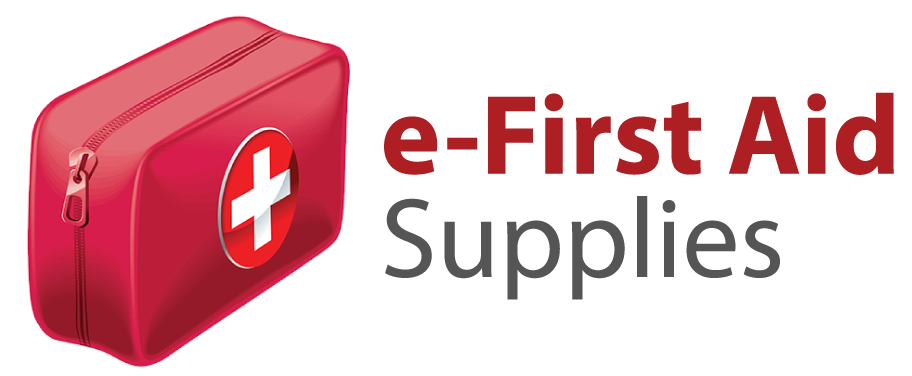The Importance of CPR Kits
CPR stands for cardiopulmonary resuscitation. Doing CPR can help increase the chances of someone surviving cardiac arrest. When a person goes into cardiac arrest, their heart is unable to pump blood to the rest of the body. Applying chest compressions and rescue breaths to the victim can help circulate oxygen into the body with the goal of returning the heart back to a normal rhythm. If an AED is not available, CPR kits can be your next best line of defense in administering CPR. The contents of CPR kits are intended only for use by those who have been trained in CPR.Emergency CPR Kits
Essential Emergency CPR Kits: Be Prepared to Save Lives Anytime
CPR kits are a necessity for any household or office. The American Heart Association estimates that about 92,000 lives are saved every year with CPR (Cardiopulmonary Resuscitation). CPR kits do not contain supplies that aid in performing CPR itself but rather include protective equipment for the person administering CPR to someone who has gone into cardiac arrest.
While these kits focus on providing protection for the responder, understanding the CPR process itself is essential for effective assistance in emergencies. CPR stands for cardiopulmonary resuscitation, an emergency medical procedure used to manually pump a victim's heart until it can be restarted.
When administering CPR, you are forcing oxygen into the lungs, which then works its way into the bloodstream. The purpose of this process is to keep oxygenated blood flowing through the body and maintain vital organ function until professional help arrives.
Why Do You Need a CPR Kit?
A CPR kit is not a product that enhances the functionality of CPR itself but rather contains protective gear to safeguard the rescuer. There are several risks associated with administering CPR, primarily the transmission of diseases. CPR protective equipment, such as masks and gloves, helps protect the rescuer, allowing them to safely administer CPR without direct contact with bodily fluids.
Choosing the Right CPR Kit
- Basic Kits: Ideal for personal use at home or in an office setting. These typically include gloves, a mask/shield, and antiseptic wipes.
- Portable Kits: Designed for travel or outdoor activities. These compact kits contain essential protective equipment and are easy to carry.
CPR Kit Contents
The most important product in a CPR kit is a CPR mask/shield. This device allows a rescuer to breathe into a patient while preventing the backflow of air, which reduces the risk of cross-contamination from bodily fluids.
Other equipment commonly found in a CPR kit include medical gloves, antiseptic towelettes, and bio waste bags. These products are used to clean up any bodily fluid that might be on or around the face before administering CPR.
Tips for Using a CPR Kit
- CPR Mask/Shield: Place the mask or shield over the victimís mouth before administering rescue breaths to create a barrier between you and the victim.
- Medical Gloves: Always wear gloves while administering aid to protect yourself from exposure to bodily fluids.
- Antiseptic Towelettes: Use these to clean any visible debris or fluids from the victimís face before beginning CPR.
- Biohazard Waste Bags: After performing CPR, dispose of all used materials in biohazard waste bags to prevent contamination.
Maintaining Your CPR Kit
- Regularly check your CPR kit to ensure it is fully stocked and that none of the items have expired.
- Inspect gloves and masks for any signs of wear or damage that could compromise their effectiveness during an emergency.
- Replace disposable items like antiseptic wipes as needed, following expiration dates printed on their packaging.
- Familiarize yourself with your kitís contents before an emergency occurs to save valuable time when every second counts.


